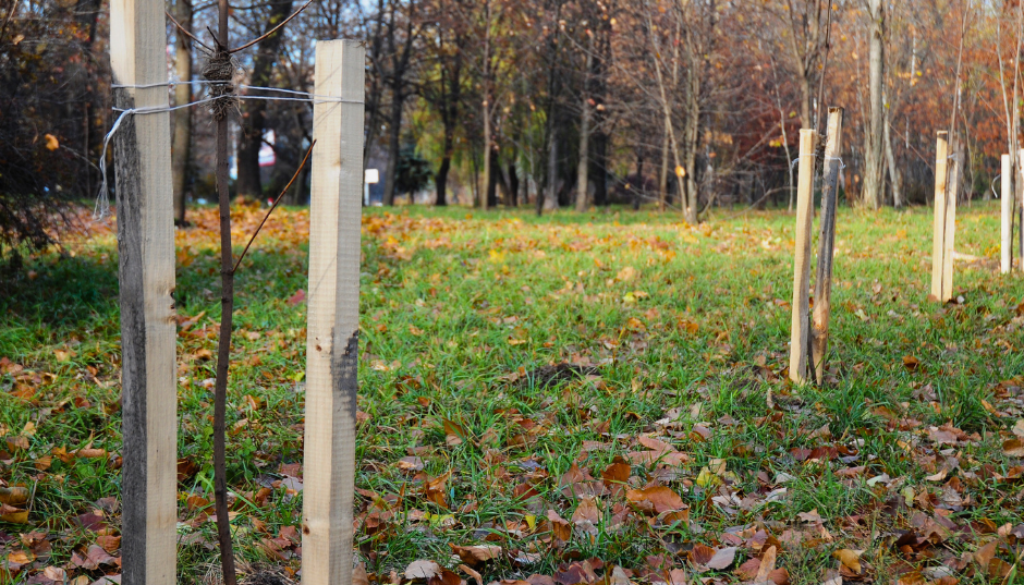The Advantages of Planting Trees in the Fall
As nature undergoes its seasonal transformation and the crisp air of autumn begins to sweep through, there’s no better time to embark on the rewarding journey of tree planting. While spring is often seen as the prime planting season, planting trees in the fall offers a unique set of advantages that can significantly enhance the success and growth of your new arboreal additions. At Johnson Ops Tree Care, we’ll discuss the numerous benefits of planting trees in the autumn months, with a focus on the cooler temperatures and increased rainfall that can work wonders for root establishment.
Ideal Temperatures for Root Development
One of the foremost advantages of fall tree planting is the cooler, more moderate temperatures that characterize this season. As the summer heat recedes and the ground retains warmth from the previous months, trees planted in the fall have an optimal environment for root growth. Here’s why:
- Reduced Stress: Autumn temperatures reduce the stress on newly planted trees. Unlike the scorching heat of summer, which can cause excessive evaporation and stress on young plants, the fall’s cooler weather ensures a gentler transition for tree roots.
- Extended Root Growth: In the fall, trees can allocate more energy to root development, as they divert less energy to above-ground growth. This extended period of root growth allows trees to establish a strong foundation, improving their overall resilience and stability.
Increased Soil Moisture
Autumn brings in a significant increase in rainfall, making it an opportune time for tree planting. Adequate moisture in the soil is crucial for successful root establishment, and the fall season provides this in several ways:
- Natural Irrigation: The increase in rainfall during the fall season acts as a natural irrigation system for newly planted trees. This consistent moisture encourages root growth and reduces the need for frequent manual watering.
- Less Evaporation: With cooler temperatures and lower evaporation rates, the soil retains moisture for longer periods. This sustained moisture in the root zone is essential for the growth stages of young trees.
Reduced Competition from Weeds When Planting Trees
Weeds can be a significant nuisance for newly planted trees, as they compete for essential nutrients and water. Fortunately, fall planting reduces the competition from weeds for several reasons:
- Weakening Weeds: As autumn progresses, many weed species start to decline in vigor and growth. This natural reduction in weed activity allows newly planted trees to establish themselves with less interference.
- Easier Weed Control: Fall’s cooler temperatures make weeding more manageable, as the soil is often softer and easier to work with than in the heat of summer. This makes it easier to remove weeds and minimize their impact on young trees.
Planting trees in the fall offers a range of advantages that can greatly benefit both the trees themselves and the environment. The cooler temperatures, extended root growth, and increased soil moisture create an optimal setting for successful tree establishment. Additionally, the reduced competition from weeds in the fall allows young trees to thrive and grow more robustly.
So, if you’re considering adding trees to your landscape or contributing to reforestation efforts, don’t discount the autumn months as an excellent time to get started. Call Johnson Ops Tree Care. With the right care and attention, trees planted in the fall can flourish and become a lasting, beautiful addition to your environment. Embrace the autumn season and harness its unique benefits to maximize the growth potential of your trees.




